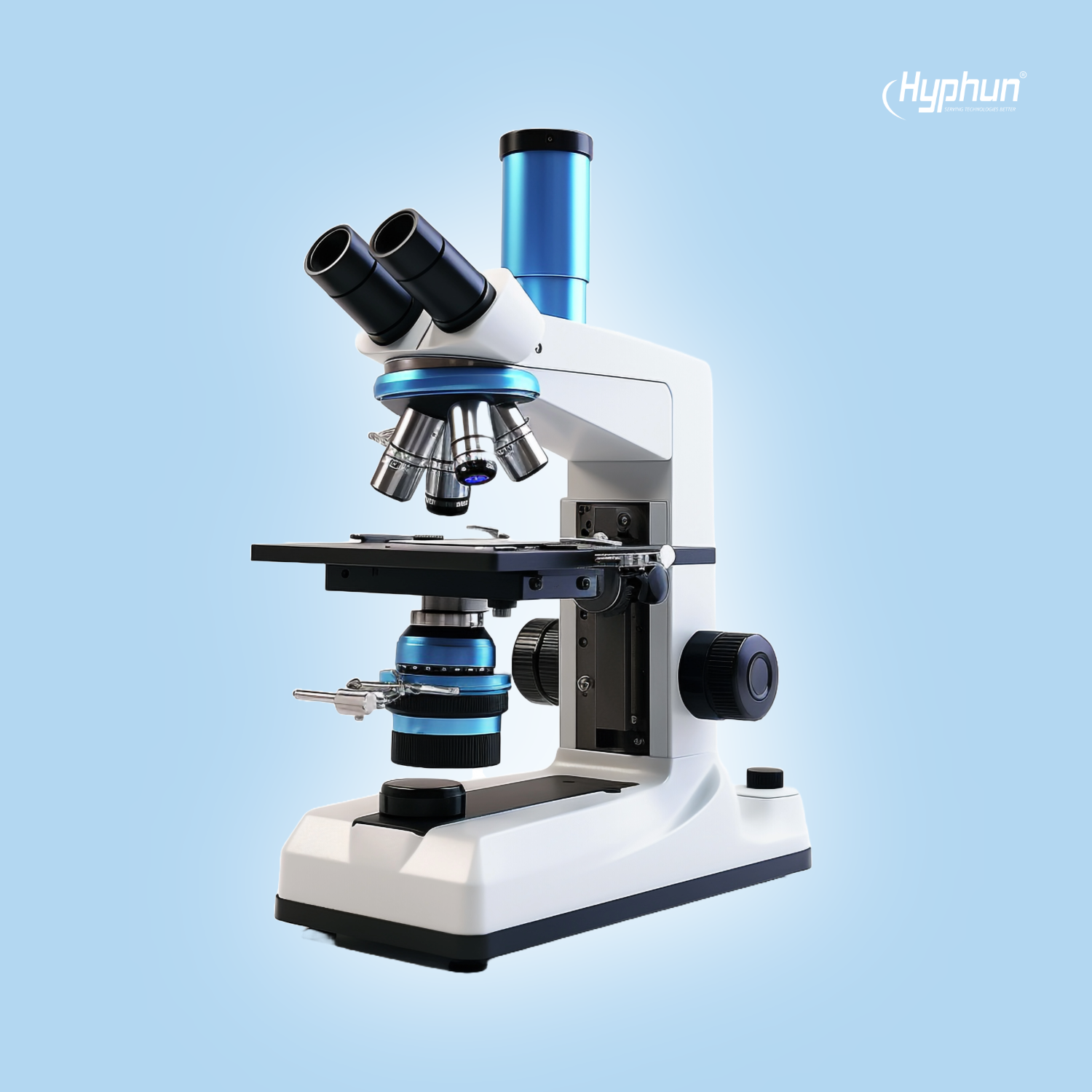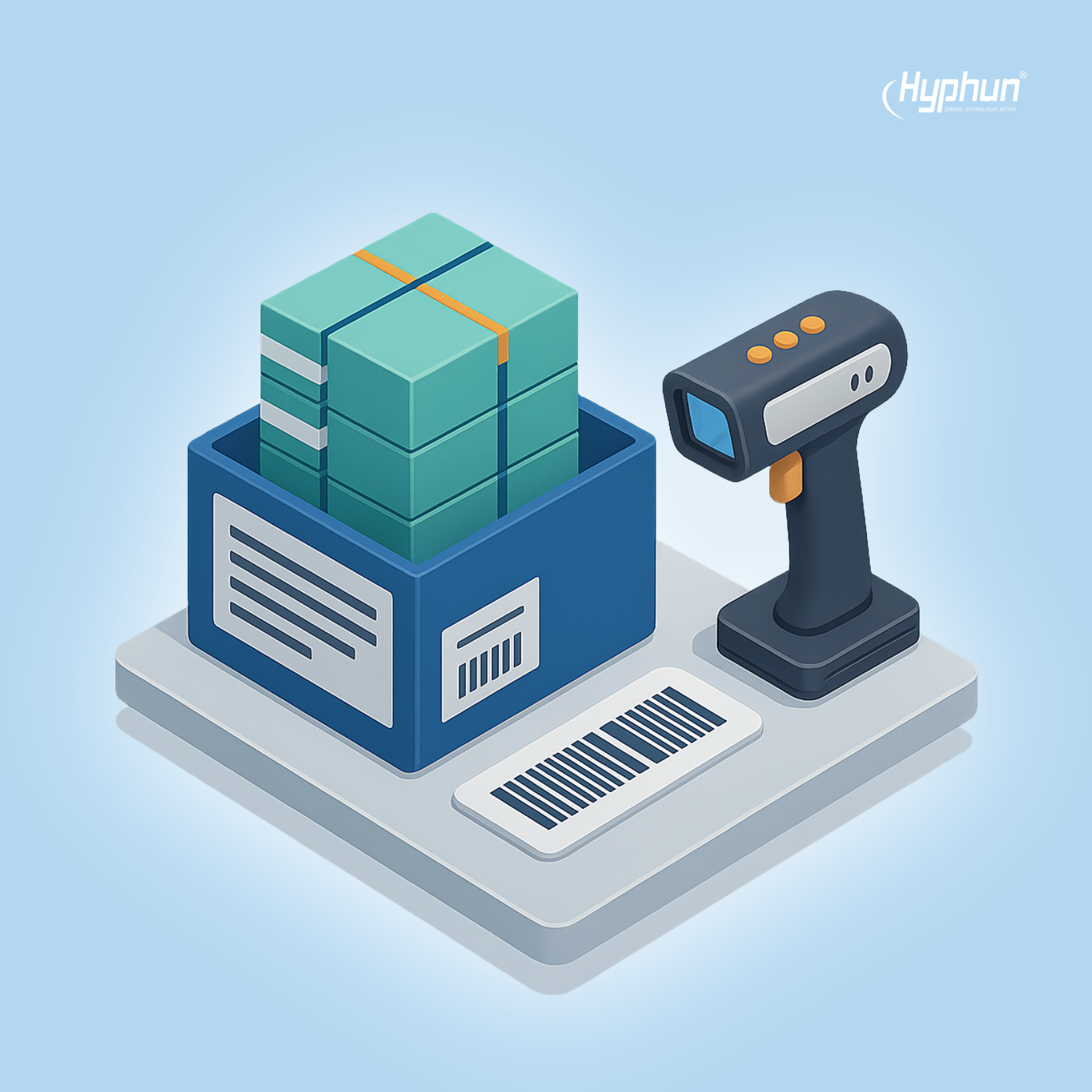Scientific Research Resource Management

1. Introduction
Resource management comes as a great responsibility for any industry. But when it comes to research institutions, any minute negligence can severely impact work precision. Even the smallest of inefficiency could disrupt workflows, resulting in delays in critical outcomes. In such scenarios, institutions require a robust solution like Scientific Research Resource Management.
The management system not only optimizes the use of resources but also ensures smooth collaboration across multiple departments. This eventually optimizes the overall work functionalities from tip to toe and delivers smooth activity progress. This case study talks about the unavoidable challenges faced by research institutions and how a resource management solution synchronizes the overall process.
2. Client Background
The client is a scientific research institute that specializes in multidisciplinary research in different fields, including biotechnology, material science, and environmental studies. The institution holds over 200 scientists, researchers, and technicians, it also comprises multi-state laboratories and collaborates extensively with academic and industry partners.
As the organization indulges with multiple functionalities, its operation grew with time allowing them to manage diverse resources from specialized lab equipment to project-specific consumables. As a result, the management was becoming a tricky task for the team members and started hindering them from achieving goals.
To resolve the management chaos and excel in research, the client opted for a robust scientific research resource management solution to streamline operations, ensure optimal resource utilization, and maintain compliance with funding and reporting standards. The primary aim was to synchronize workflows and build a centralized resource management.
3. Challenges Faced In the Absence of Scientific Research Resource Management
Resource Misallocation:
The client was facing challenges in allocating limited resources like lab equipment, funding, and research data. This led to hoarding lab equipment for emergency purposes or even facing delays in accessing the required tools.
Lack of Centralized Tracking Systems:
The resources go through multiple processes before actually making use of it. And thus it is essential to track and closely manage every operation. The institution was following traditional methods like managing disconnected spreadsheets and manual logs to manage equipment, projects, and inventory. This approach fueled complexity and errors at multiple stages.
Manual Workflows Leading to Delays and Error:
All research management activities were maintained through paper-based workflows and basic software. This often led to missing data and exceptional errors, causing unnecessary delays. For example, manual requests for equipment and approvals draw out the research cycle and increase the chances of overlooking crucial details.
Difficulty in Compliance with Reporting Standards:
Institutional operations require timely and accurate reporting, but the client's existing system made it challenging in the absence of appropriate scientific research resource management. In fact, the reporting work was gradually accumulating, hampered the external regulations.
These inefficiencies were largely hampering the institute's outcomes and that became a matter of concern for the client.
4. Proposed Solution
There were some major setbacks in the existing system of the research institution. Hence, we observed the obstacles, analyzed them, and proposed optimized solutions to address the challenges. Here are the key features integrated into the Reconfigurable Management System (RMS):
Inventory Tracking for Lab Equipment and Consumables
The RMS provides a comprehensive inventory tracking system for all lab equipment and consumables, ensuring that resources are readily available when needed. Researchers can track the usage of consumables, monitor the condition of lab equipment, and receive automated alerts when restocking is required. This reduces wastage, improves budgeting accuracy, and prevents bottlenecks due to unavailable resources.
Budget and Funding Management
With the RMS, the scientific research resource management budgets and funding becomes a seamless process. The system allows tracking project budgets, funding allocations, and expenditures. Moreover, it supports integration with grant management systems, providing a real-time view of available funds, helping to prioritize resources efficiently, and ensuring compliance with budgetary constraints.
Resource Sharing and Collaboration Tools
A key feature of the RMS is its resource-sharing capabilities. Researchers across departments can easily check the availability of shared equipment and request access to it. This promotes collaboration and ensures resources are not underutilized. Additionally, the system allows researchers to collaborate on data, share findings, and plan joint experiments, enhancing cross-functional teamwork.
Integration with Existing Data Repositories and Compliance Systems
The RMS integrates seamlessly with the institution's existing data repositories and compliance systems. It ensures that all resource management activities, such as equipment usage or budget allocation, are logged and stored in compliance with regulatory standards. The system’s ability to integrate with existing software ensures minimal disruption during implementation and guarantees that all historical data remains accessible for reporting and audits.
5. Scientific Research Resource Management Implementation
Step 1: Gathering Institutional Gathering and Customization
-
The team closely collaborated with the organization’s staff to identify the pain points and operational needs.
-
Key requirements such as inventory tracking, budget allocation, and compliance reporting were prioritized.
-
The solution was tailored to fit the client’s existing workflows and organizational structure.
Step 2: Deployment and Integration
-
The team thoroughly observed and developed customized models of resource tracking, collaboration tools, and funding management.
-
Seamless integration with the client’s existing data repositories, reporting tools, and compliance systems ensured smooth operations.
-
Engineers conducted robust testing to ensure reliability and functionality across all use cases.
Step 3: Training and Onboarding
-
All the staff members, including researchers, lab managers, and administrative staff were provided hands-on training to familiarize them with the new system.
-
Users were given step-by-step manuals and on-call support to address initial queries.
-
The system was refined further for optimal usability through feedback during the onboarding phase.
6. Result Achieved
After the successful implementation of scientific research resource management at the institution, the team observed a drastic change in overall operations:
Improved Resource Utilization: There was a detailed track of each resource (when and where it was utilized, with proper timings). In fact, the resources were effectively tracked and allocated, minimizing wastage and optimizing usage.
Cost Savings: The streamlined workflow management automatically reduces unnecessary expenses. This helped the organization to achieve financial benefits.
Reduced Administrative Burden: The traditional methods consumed peak working time. In contrast, automation replaced time-consuming manual tasks, allowing researchers to focus on core activities.
Enhanced Collaboration: A centralized system leverages smooth communication between teammates (even across different teams). This provides transparency throughout the process by avoiding any misunderstandings.
Real-Time Reporting: With scientific research resource management, the institution can instantly access reports, check and analyze the operations, and hence make confident decisions.
7. Conclusion
By implementing a customized solution, the client observed a miraculous growth in the overall operational management process. Tasks that once took hours were streamlined, collaboration improved, and costs were brought under control. Researchers could finally focus on what mattered most—innovation. Moreover, the scientific research resource management improved the organization’s performance, ensuring it stayed ahead in its field for years.
Recent Case Studies
Hyphun serves a wide variety of clients in different industries and transforms business by applying smart, intelligent and innovative approaches to solve major business challenges.







